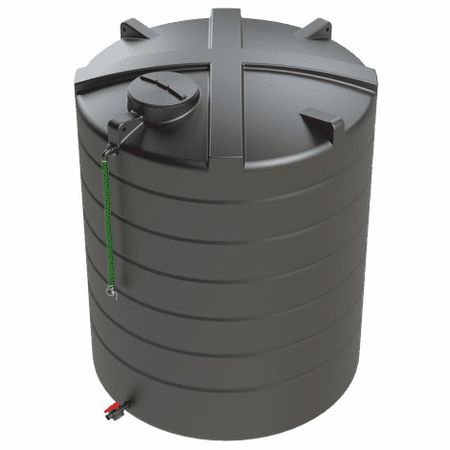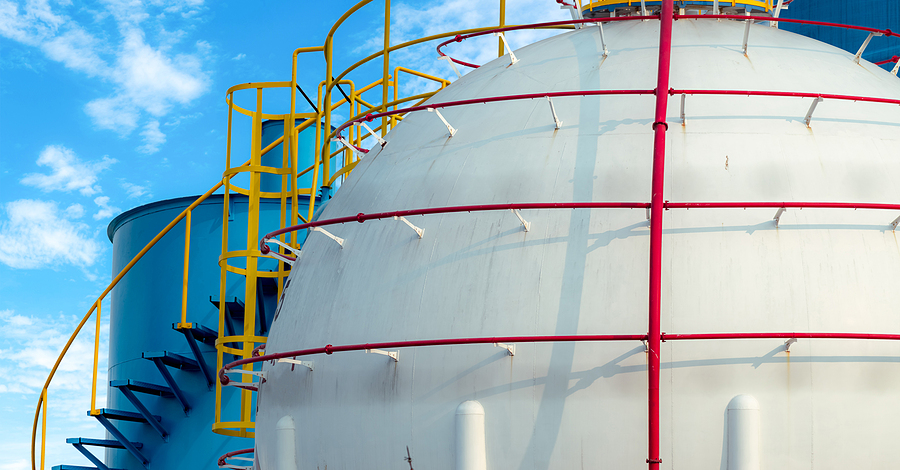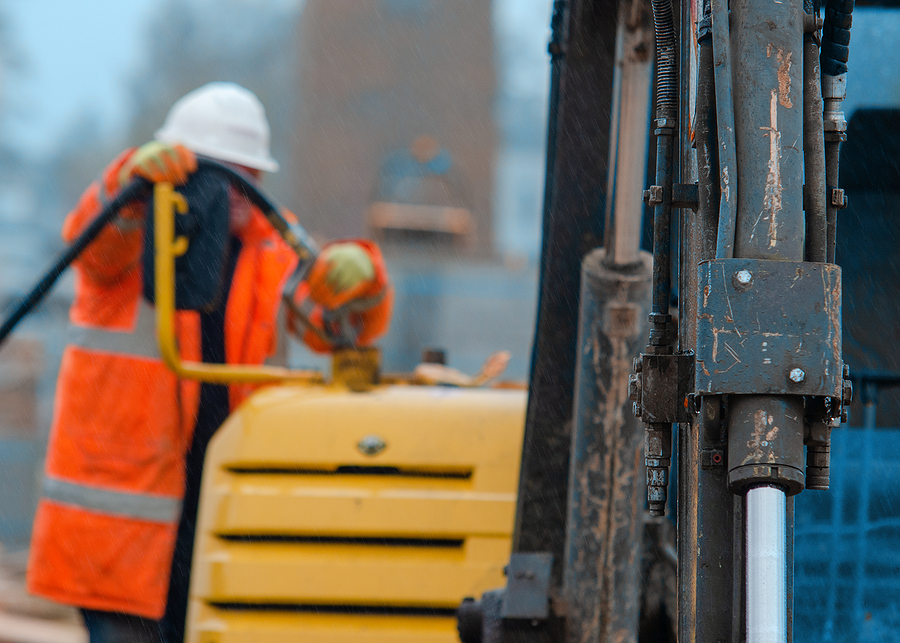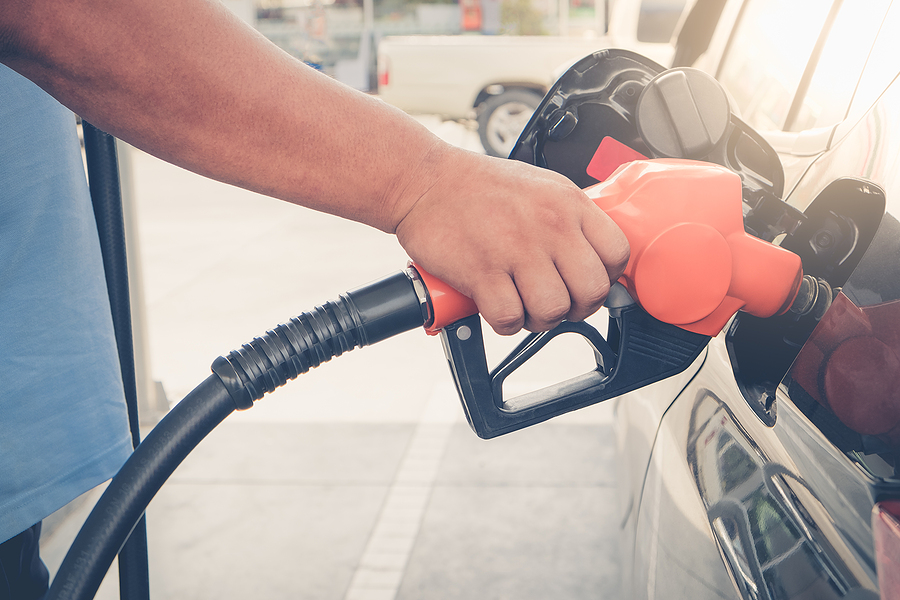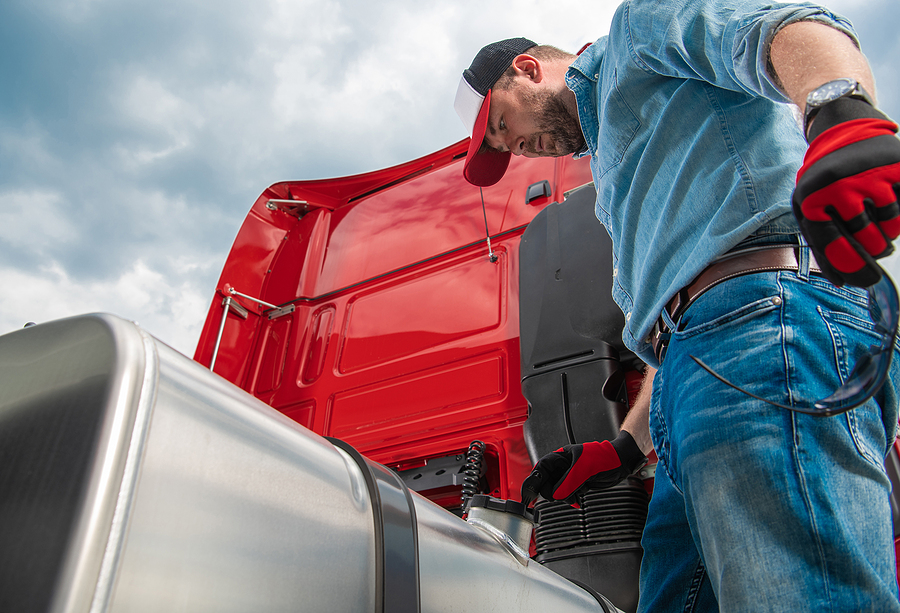What Should I Know About Heating Oil Tank Storage?
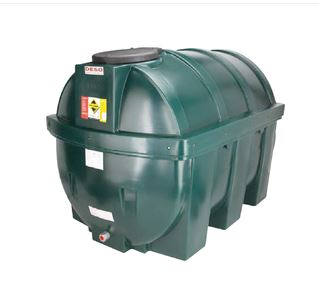
If you have a home heating oil storage tank, and it was installed by a reputable oil tank company, then it is likely that all safety concerns were taken into consideration during the installation process.
However, it is still wise to be aware of the
regulations for oil tanks and storage to ensure the safety of people, property,
and wildlife. There are currently around 1.5 million homes in the UK that use
kerosene as their primary source of heating fuel, and own an external oil tank
on their premises, and could increase, as
energy prices look set to increase this winter.
What Is Kerosene?
Kerosene is a highly flammable liquid fuel oil obtained by distilling petroleum, commonly used in jet engines, oil lamps, or domestic heating systems. It is required to be stored in a tank, typically located outside the home.
Rules and regulations
state that a fuel oil tank must be located:
•
On
a platform or stand with at least 300mm around the edge of the tank
•
1.8m
away from non-fire rated eaves of a building
•
1.8m
away from a non-fire rated building or structure (eg. a shed or gazebo).
•
1.8m
away from the flue terminals of oil-fired appliances
•
760mm
away from a non-fire rated boundary (such as a wooden boundary fence)
•
600mm
away from screening that does not form part of the boundary (such as a
decorative trellis or hedge).
Oil tank spillages are rare, but they do happen, which poses a risk to the environment, and they are expensive to clean up.
To mitigate these risks, some laws apply to oil tanks,
such as the use of a bunded oil tank, a type of oil tank that has a second
‘skin’, or bund. It is legally required to hold 110 per cent of the tank’s
capacity and must prevent oil from leaking and water from penetrating.
If you’re looking to buy bunded tanks in the UK , talk to us today.



